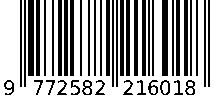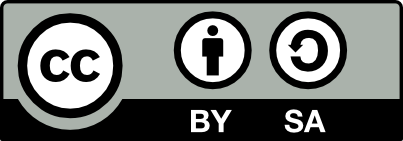
International Journal For Multidisciplinary Research
E-ISSN: 2582-2160
•
Impact Factor: 9.24
A Widely Indexed Open Access Peer Reviewed Multidisciplinary Bi-monthly Scholarly International Journal
Home
Research Paper
Submit Research Paper
Publication Guidelines
Publication Charges
Upload Documents
Track Status / Pay Fees / Download Publication Certi.
Editors & Reviewers
View All
Join as a Reviewer
Get Membership Certificate
Current Issue
Publication Archive
Conference
Publishing Conf. with IJFMR
Upcoming Conference(s) ↓
WSMCDD-2025
GSMCDD-2025
AIMAR-2025
Conferences Published ↓
ICCE (2025)
RBS:RH-COVID-19 (2023)
ICMRS'23
PIPRDA-2023
Contact Us
Plagiarism is checked by the leading plagiarism checker
Call for Paper
Volume 7 Issue 4
July-August 2025
Indexing Partners



















Finite Element Analysis of Circular Steel Concrete Cmposite Column
| Author(s) | Fatema-Tuz-Zahura, Razesh Kanti Sarkar, M.M.A.Anon, Farhan Faiaz Showvick, S.M. Mostaq Ahmed Chowdhury, Md. Arif Arman Akash |
|---|---|
| Country | Bangladesh |
| Abstract | Because of its many benefits, concrete-filled tube (CFT) columns are composite structural elements that are frequently used in commercial and industrial structures. These columns have exceptional seismic resistance due to the combination of steel and concrete, which is demonstrated by their great strength, flexibility, and energy-absorbing capability. More specifically, in terms of aesthetic appeal and cost-effectiveness, circular hollow steel sections are preferable to open sections. This study examines the impacts of changing the diameter of the concrete core, the slenderness ratio of the hollow steel tube, and its thickness on CFT columns by a parametric analysis. The finite element analysis program ABAQUS was used to perform nonlinear analysis, and the outcomes demonstrated good agreement with experimental data. In comparison to the other two models, the model featuring a 160 mm diameter had the maximum displacement and load capacity for CFT columns with diameters of 140, 150, and 160 mm. The models with steel tube thicknesses of 6 mm, 4 mm, and 3 mm demonstrated the greatest displacement and load capacity, with the 6 mm thickness model leading the pack. The 600 mm model displayed the maximum displacement and load capacity for column heights of 600 mm, 500 mm, and 400 mm, whereas the shorter columns displayed lesser displacements and capacities. Furthermore, when the column height dropped, the discrepancy in the results grew. These results demonstrate how geometric features affect the functionality of CFT columns, highlighting how crucial it is to take these factors into account when designing and analyzing such structures. |
| Keywords | Concrete-filled tube, Steel tube, Displacement |
| Published In | Volume 6, Issue 4, July-August 2024 |
| Published On | 2024-07-26 |
| DOI | https://doi.org/10.36948/ijfmr.2024.v06i04.24845 |
| Short DOI | https://doi.org/gt5hnc |
Share this

E-ISSN 2582-2160
CrossRef DOI is assigned to each research paper published in our journal.
IJFMR DOI prefix is
10.36948/ijfmr
Downloads
All research papers published on this website are licensed under Creative Commons Attribution-ShareAlike 4.0 International License, and all rights belong to their respective authors/researchers.

